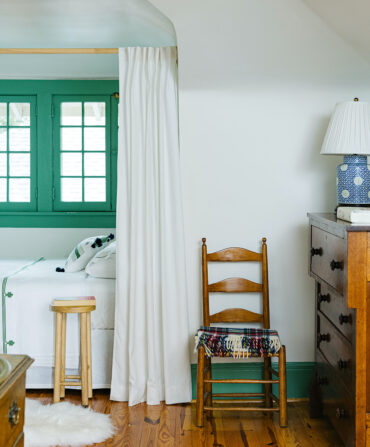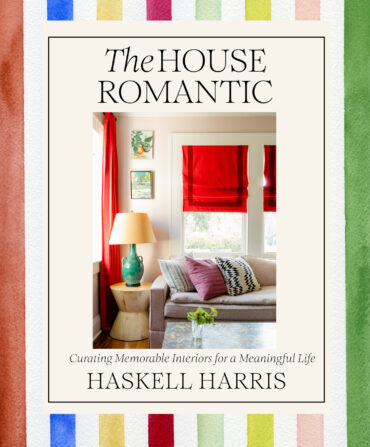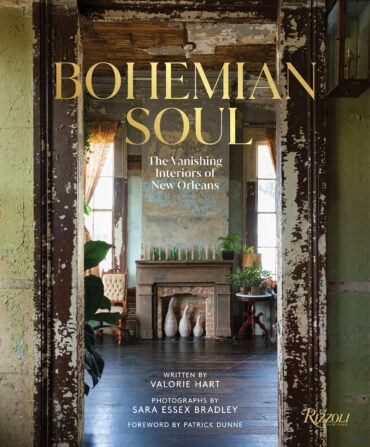Travel
Seven Standout Greenhouses
In the chill of winter, these indoor garden havens promise warmth, light, and visions of blooming days ahead
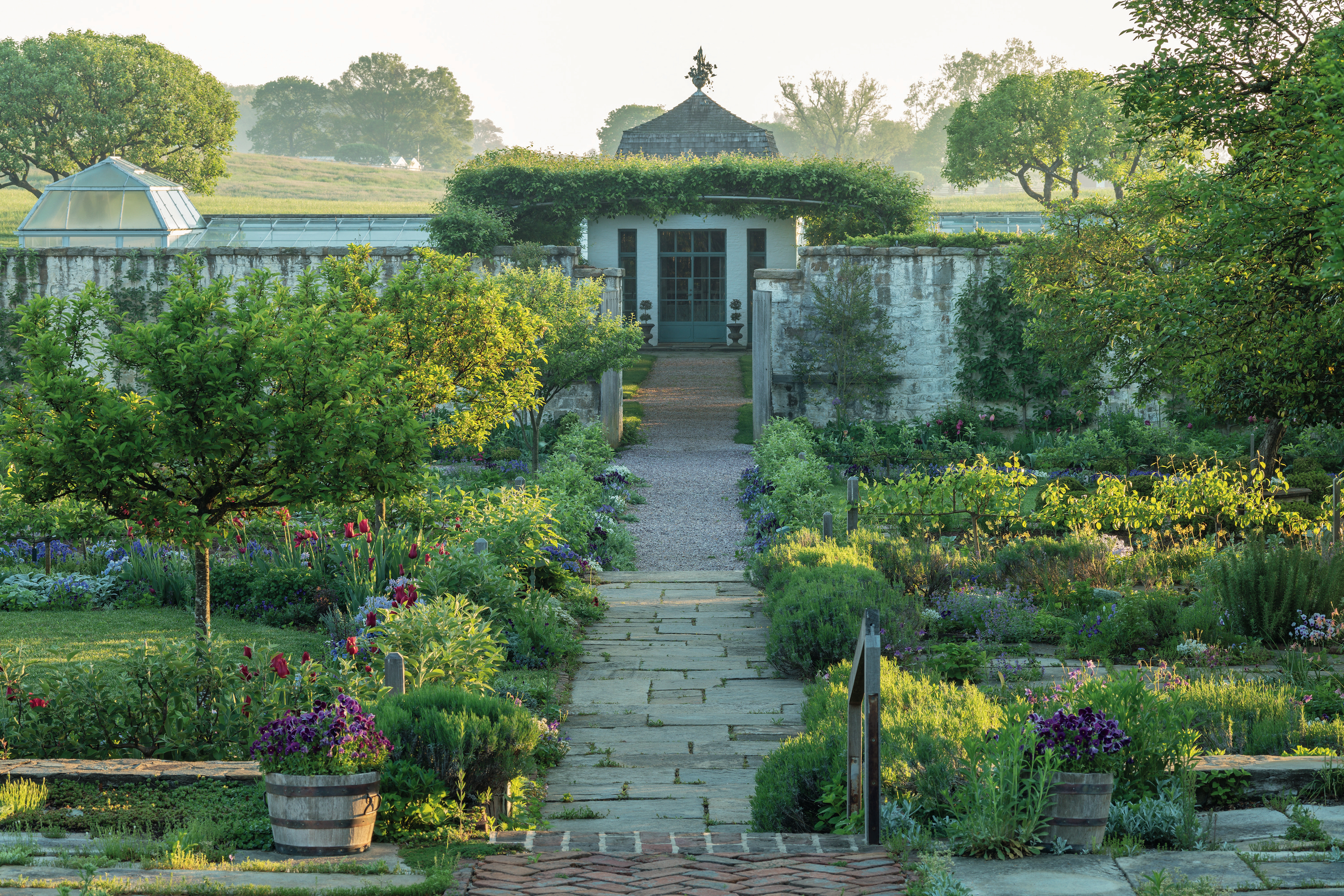
Photo: Roger Foley
A path to the allée leading to the greenhouse at Oak Spring in Upperville, Virginia.
Even in the South, stepping into a greenhouse in winter is an exercise in hope and solace. As JoHannah Biang, the horticulture manager at Hills & Dales Estate in LaGrange, Georgia, says, “It’s a reminder that things are still growing and blooming and that spring will come again.” Visiting a glasshouse or conservatory is also a visual way to learn from the pros, whether about rare orchids or tropical plants that can thrive in Southern heat, or how to layer the textures of shrubs and perennials in garden borders. Travelers to these seven standout greenhouses across the South can soak up some plant know-how and sneak in a little warmth, too.
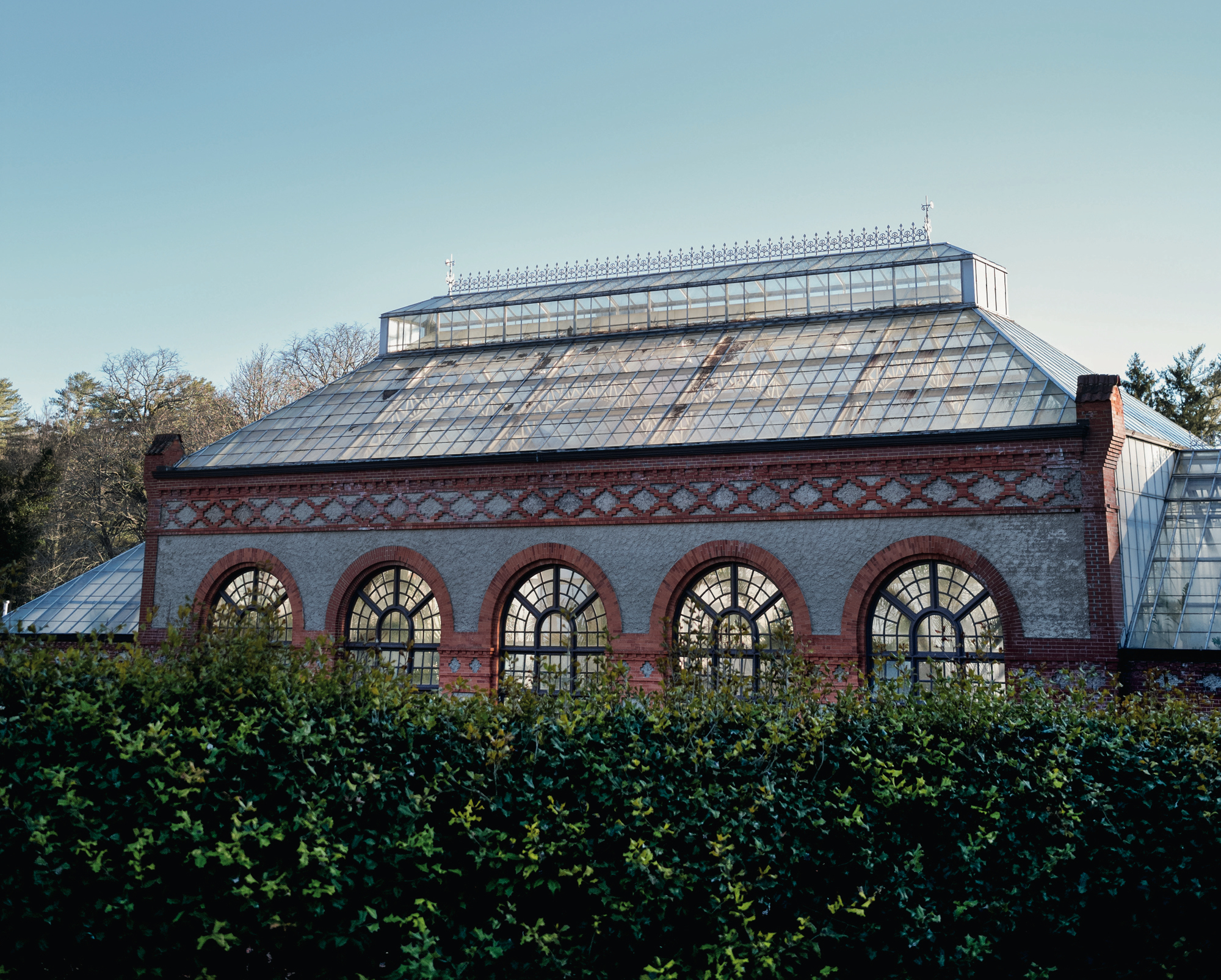
Photo: Charles Harris
Frederick Law Olmsted collaborated on Asheville’s Biltmore conservatory, built in 1895.
Biltmore
Asheville, North Carolina
Frederick Law Olmsted didn’t design many conservatories, but when his friends the Vanderbilts came calling about their Biltmore Estate, he teamed up with the architect Richard Morris Hunt and took on the project with his characteristic gusto. Senior director of horticulture Parker Andes says today’s visitor experience at the Asheville icon varies little from 1895, when the conservatory was finished. “Winter remains a favorite time to be on the property, walking on the Deer Park Trail where one first catches sight of the conservatory,” he says. Rising from a walled garden, the symmetrical structure is a handsome statement of brick and pebble dash crowned in glass. “Once inside, we’re surrounded by tropical plantings and many of the same orchid species Olmsted listed for acquisition.”
Andes advises visitors to study the role texture plays in plantings, an oft-overlooked element that should receive the same attention as color when you’re designing garden borders. “The low angle of light in the winter coming through the glass walls sharpens the intricate details of plants, and the arrangement of veins and flowers backlit by the sun is more pronounced,” he says. “Texture carries these echoes of color from one plant into the color of another plant.” He suggests gardeners migrate tropical plants from inside to outside once the weather warms, as Olmsted did. “One original function of the conservatory was to protect our magnificent palms during winter,” he says. “We still move these plants to the front of the house every spring.”
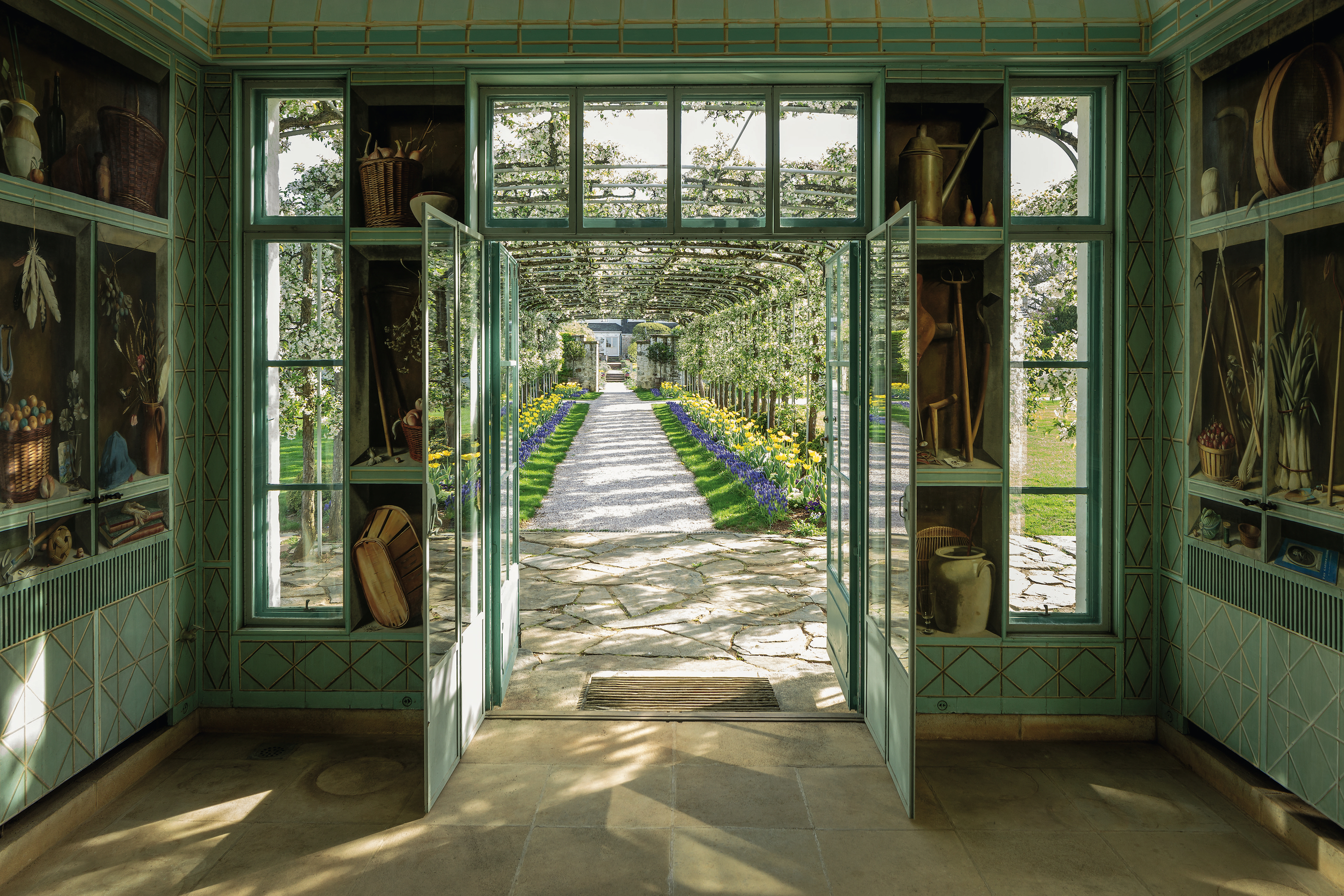
Photo: Roger Foley
Trompe l’oeil artwork by Fernand Renard in Bunny Mellon’s greenhouse at Oak Spring in Upperville, Virginia.
Oak Spring
Upperville, Virginia
Bunny Mellon, the late socialite and tastemaker who considered her gardens a working laboratory, never stopped tinkering. She redesigned the White House Rose Garden in 1962, but nowhere shows the full range of her skills like Oak Spring, her private estate in Virginia. According to head gardener Allissa Montgomery, Mellon didn’t believe in a dormant season; instead she considered her greenhouse, adorned with her epic collection of herb topiaries and wicker baskets, her winter garden. “She was so clever, always paying attention to light, the texture of the air, and the way the sun moved around the greenhouse,” Montgomery says. “She would use these observations to plant a cacophony of color and textures.”
For decades, Mellon’s designs remained exclusively familiar to friends who scored an invite to the property. Today, the gardens open to the public for just two days in spring (in collaboration with the Garden Club of Virginia’s Historic Garden Week) and two days in summer. Fortunately, the Oak Spring Garden Foundation also offers residencies, fellowships, and classes throughout the year. “A lot of people sign up for our courses for the chance to be on-site,” Montgomery says, “but they leave with enhanced knowledge about practical horticulture, which was always Bunny’s goal, too.”
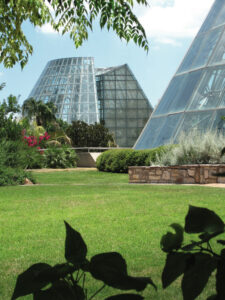
Photo: courtesy of San Antonio Botanical Garden
The Lucile Halsell Conservatory at the San Antonio Botanical Garden.
San Antonio Botanical Garden
San Antonio, Texas
A visitor could be forgiven for thinking that cacti and other succulents must dominate San Antonio’s Lucile Halsell Conservatory. Arid-environment species soak up sun in the Desert Pavilion, one of five adjacent glasshouses in the 90,000-square-foot complex, but the other spaces are designed to regulate environmental factors to simulate climates all around the world. The crowns of each room extend into the San Antonio skyline, with the Palm and Cycad Pavilion pyramid reaching sixty-five feet. The structures also cut into a hillside to create a subterranean habitat suitable for the roots of cocoa and rubber trees in the Tropical Conservatory and some of the oldest living plant species in the Fern Grotto. At every turn in the garden, displays demonstrate how to support healthy plants as temperatures continue to climb across the globe. In the WaterSaver Community, for instance, five demonstration cottage gardens showcase sustainable home gardening practices for various Texas landscapes, harboring Engelmann’s daisies by a Hill Country–inspired terraced garden and prickly pear cacti planted along a desert-inspired roof.

Photo: Cassidy Smith
A ponytail palm thrives in the heart of the Bellingrath Gardens conservatory in Theodore, Alabama.
Bellingrath Gardens
Theodore, Alabama
Bellingrath’s conservatory, designed by the leading American greenhouse design firm Lord & Burnham, was built in 1935 as a showplace for tropical curiosities. “The conservatory served not only as an obvious status symbol and entertaining hub, but also as a retreat to a tropical paradise without leaving one’s estate,” says executive director F. Todd Lasseigne. “One of those exotic species, a ponytail palm, has grown to thirty feet and is the signature plant in our central rotunda.” Decades after workers built the original raised tables, they converted them to in-ground beds to accommodate the growth of coffee plants and vanilla vines. Staghorn ferns still hang here and there. “We have a mild climate in Alabama, but people are transported to the steamy tropics when they come in winter,” Lasseigne says. “Our Winter Wednesdays classes are very popular this time of year. Members and the public can learn about establishing a vegetable garden, attend a travelogue about the gardens of Japan, or hear a lecture about a single plant family like azaleas.”
Jeremy Schmidt, Bellingrath’s director of horticulture, says winter allows time to schedule the year’s large and small tasks. “In 2024, we will begin restoring some of our older structures, like the Summer House, which sits in a less-known part of the garden. Our hope is the rejuvenation of these plantings will inspire visitors to try growing less-familiar plants.”

Photo: courtesy of Hills & Dales Estate;Mary Ann Craddock Photography
Left Phalaenopsis orchids, part of the collection Alice Hand Callaway started in her greenhouse at Hills & Dales Estate in LaGrange, Georgia. Right: Georgia blacksmith Ivan Bailey created the bird gate at the end of a boxwood-lined pathway at Hills & Dales.
Hills & Dales Estate
LaGrange, Georgia
Many of us associate winter with poinsettias, but at Hills & Dales Estate, the coldest months are also about callas. “The calla lilies began as one of many flowers favored by Alice Hand Callaway [one of the early owners] in her cutting garden,” says horticulture manager JoHannah Biang of the flowers that bloom in January and February. “We no longer cut them, and our large collection has become well known as a result.” The 1916 Italianate villa served as the longtime home of the Callaway family of textile magnates, and it opened to the public twenty years ago. “Alice created a peaceful, personal garden,” Biang says, “from the rare plants to boxwood that predates the Civil War. We maintain many of Alice’s collections, like maidenhair ferns and orchids, which begin to bloom in January. She also loved fancy begonias for their striking leaf patterns. If a plant was showy, Alice was interested.”
Biang views winter as the time to contemplate plants with renewed attention, a study that often produces a new perspective, an appreciation she knows firsthand. “I was, like, the biggest ivy hater before I came to work here,” she says. “But then I learned how beautiful it can be when shaped as a topiary, which is very cool.”
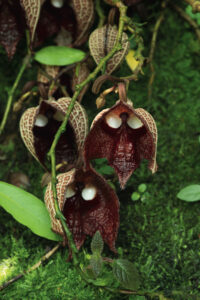
Photo: shuichi kadoya via Getty Images
Rare Darth Vader flowers at Fairchild Tropical Botanic Garden in Miami.
Fairchild Tropical Botanic Garden
Miami, Florida
A winter visit to the Fairchild conservatory, also called the Rare Plant House, includes sightings of funky tropical bloomers like the Darth Vader flower and the ghost orchid, one of the rarest orchids in the South. The garden is named for the plant collector David Fairchild, who in the late nineteenth and early twentieth centuries traveled to every continent except Antarctica to collect plants. These days, trails wind around its eighty-three acres, passing lakes and pools teeming with aquatic plants, and highlighting the many species Fairchild brought to Florida.
As Susan Orlean detailed in her book The Orchid Thief, no family of plants in North America has suffered more at the hands of poachers than Florida’s orchids. Call it ironic, but Fairchild has created a program where visitors can purchase rare orchid seedlings, and with careful nurturing help counter the twin threats of habitat loss and poaching.

Photo: Courtesy of the Historic Columbia collection.
Hampton-Preston Mansion and Gardens
Columbia, South Carolina
If large glasshouses seem like remnants from a distant past, consider Historic Columbia’s Hampton-Preston greenhouse, a new horticultural research and propagation center that’s all about the present. Horticulturist Rebecca Townsend couldn’t wait to get inside the steel, glass, and concrete structure, which opened in 2022. “We are very busy in the dead of winter, starting the annual seeds and propagating plants for our semiannual plant sales,” she says. Townsend is also excited to invite school field trippers and small groups into the interpretive section of the botanical hub, which includes heirloom scented geraniums, passionflowers across the color spectrum intended to “envelop the space,” and banana and avocado trees that bring the tropics indoors all year long.
Garden & Gun has an affiliate partnership with bookshop.org and may receive a portion of sales when a reader clicks to buy a book. All books are independently selected by the G&G editorial team.


